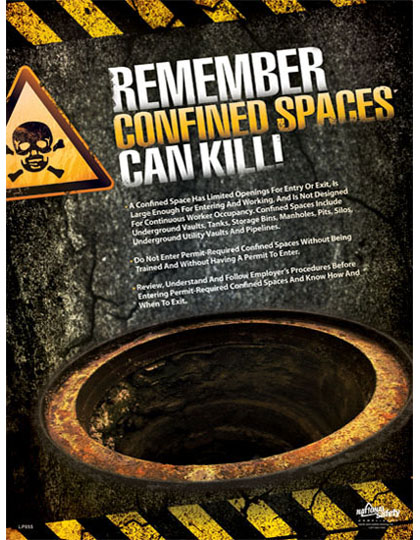Construction is a rewarding and essential line of work, but also a dangerous and difficult one in some cases. It’s no secret that there are multiple hazards to deal with on any given job site, but one that is especially common is the variety of risks to workers’ lungs and airways. Protecting the respiratory system of workers is vital not only for their personal health, but also for the longevity of the company that employs them. After all, endangering the health of workers by neglecting to provide them with proper respiratory equipment can lead to dire legal consequences.
Respiratory protection equipment is used to block a wide range of substances from entering the lungs of those who wearing them, including hazardous dust, fumes and vapors. Quality construction companies will know which ones are present on each job site, and will have the necessary equipment to handle each of these potentially harmful substances and fumes properly. These are the main types of respiratory equipment that are used on construction sites today.
Disposable Masks
The equipment that is used to protect a worker’s respiratory system can range from very basic masks to more complicated central ventilation systems. Air purifying respirators are generally the most common category of respirators used on most construction sites. In their most basic form, they are disposable masks that are meant for short-term use and are discarded after each day, or even multiple times during a single day of heavy use. The breathing process of the person who is wearing the mask naturally draws air through it, removing dust particles and debris.
Reusable Respirator Masks
The next step up from these disposable masks is reusable respirator masks. Essentially, they work the same as the disposable masks, as the user is responsible for breathing in the air that must be purified. The difference is that this type of mask is capable of blocking out more harmful materials than the disposable variety. The filters within these masks can be removed and replaced, and the masks can handle a variety of different filters that are specially designed to block specific substances. Some versions of these masks will sometimes leave an open area for the user’s eyes, while other models will have eye protection built in. Which is preferable depends on the work situation in which they’re being used.
Powered Respirators
Powered respirators are masks that use a powered blower to pull outside air into a filtration system. They usually include a mask unit that covers the entire face of the user, and they eliminate the need for the user to manually pull air into the system.
Atmosphere Supplying Respirators
The next step up from a powered respirator is an atmosphere-supplying respirator. This type of mask is connected to an external oxygen tank, and includes a built-in valve that lets users control the airflow into their mask. Atmosphere supplying respirators are used for jobs near more dangerous contaminates than air purifying respirators and powered respirators can handle.
Of course, each of these basic types of masks includes quite a few specific variations. Which masks will be necessary on a particular construction site depends on such factors as the air flow at that site, the contaminants in the air and the duties of the workers in question. Regardless, respiratory equipment is a vital aspect of any construction job that should be taken very seriously.
By Maire Hunter
